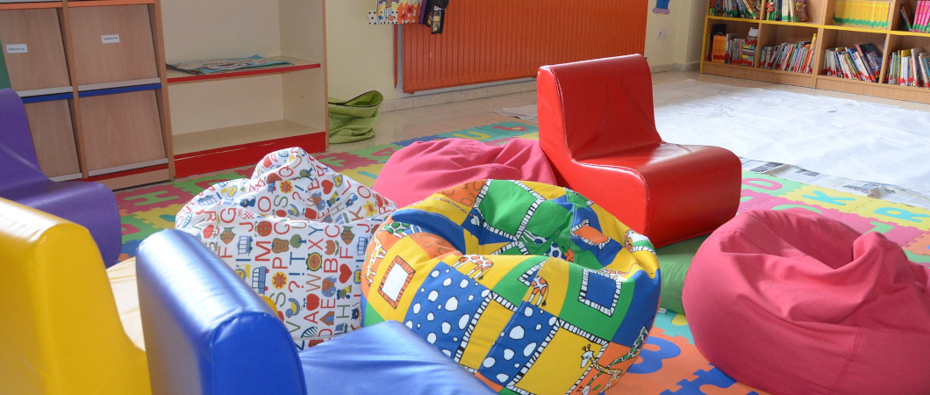
Environment
Everyone has sensory preferences. A sensory preference can be related to food taste or texture, temperature, or smell. People with ADHD often process sensory stimuli more deeply and with greater reactivity than people who are neurotypical. They can become easily overwhelmed by processing sensory information which may include things like bright lights, loud noises, and strong smells. People with ADHD can also be easily affected by other people’s moods, find ways to seek out quiet spaces to have time alone or display anxiety about being observed completing a task (sometimes known as the fear of being perceived).
Schools can be very overwhelming for those who are sensitive to sensory input. Processing sensory information like overhead lights, chatter in corridors, the smell of school dinners and the sensation of being around large numbers of other children in a classroom (as a few examples) can take up a lot of energy for someone who is neurodivergent. Finding ways to reduce sensory input can be helpful. Some ideas may include:
- Allowing pupils to wear ear defenders or in-ear noise reducing earbuds.
- Considering seating arrangements in relation to bright lights in the classroom and/or considering the types of lighting used in classrooms. Flickering or flashing lights (for example, when a lightbulb needs to be changed or fairy lights that flash) can be particularly distracting and difficult for a pupil with ADHD to ignore.
- Giving some flexibility around expectations of how a pupil sits on a chair. Sitting still on a chair with their feet on the floor can take up much more energy and focus for a pupil with ADHD than for a pupil who is neurotypical. If it does not cause disruption and is safe, consider allowing a pupil to sit in a way that is comfortable to them. It may give them additional capacity to focus on their work and the tasks set.
- Planning quiet or silent periods of working to provide a break from classroom chatter throughout the day or lesson (with a duration that enables the pupil themselves to stay quiet for that length of time)
- Permitting adjustments to the number of layers required for school uniform to allow a pupil to regulate their own temperature (being too hot can be particularly overwhelming for pupils with ADHD)
- Consideration of seating to accommodate a pupil’s sensory preference around temperature (for example, away from a radiator or door/window where there may be a draft)
- Avoiding or limiting use of things that smell strongly, for example air fresheners.
- Being mindful of lunchtimes. The dining hall can be an overwhelming sensory experience. Many pupils with ADHD are also very sensitive to the noise of others eating. If adjustments cannot be made to where a pupil eats, it may be helpful for them to have somewhere quiet to go afterwards to support regulation.
Having regular breaks from processing large amounts of sensory information can be a helpful tool in supporting a pupil with ADHD to stay regulated. Having a quiet space with lower levels of stimulating sensory experiences where pupils can take breaks can give them greater capacity to manage other things in the school day. Using proactive sensory regulation strategies can avoid overwhelm. Sensory circuits can also be a good way to support pupils to regulate themselves at the start of a school day or after lunch. For pupils with ADHD, they should always end with a calming activity so they are not overstimulated going back to class.
Resources
- The ADHD Foundation have activity ideas for Sensory Circuits [Size: 1,675 KB, File: PDF].
- A How-to Guide for Sensory Treasure Baskets [Size: 113 KB, File: PDF].
- Cambridgeshire and Peterborough Occupational Therapy Service have created some self-directed training to support children to be Ready to Learn: Online Learning Sessions.
- This sensory audit was originally developed for autistic pupils, but can also be used for pupils with ADHD.
Glossary
Click the button below to go to the glossary page.

